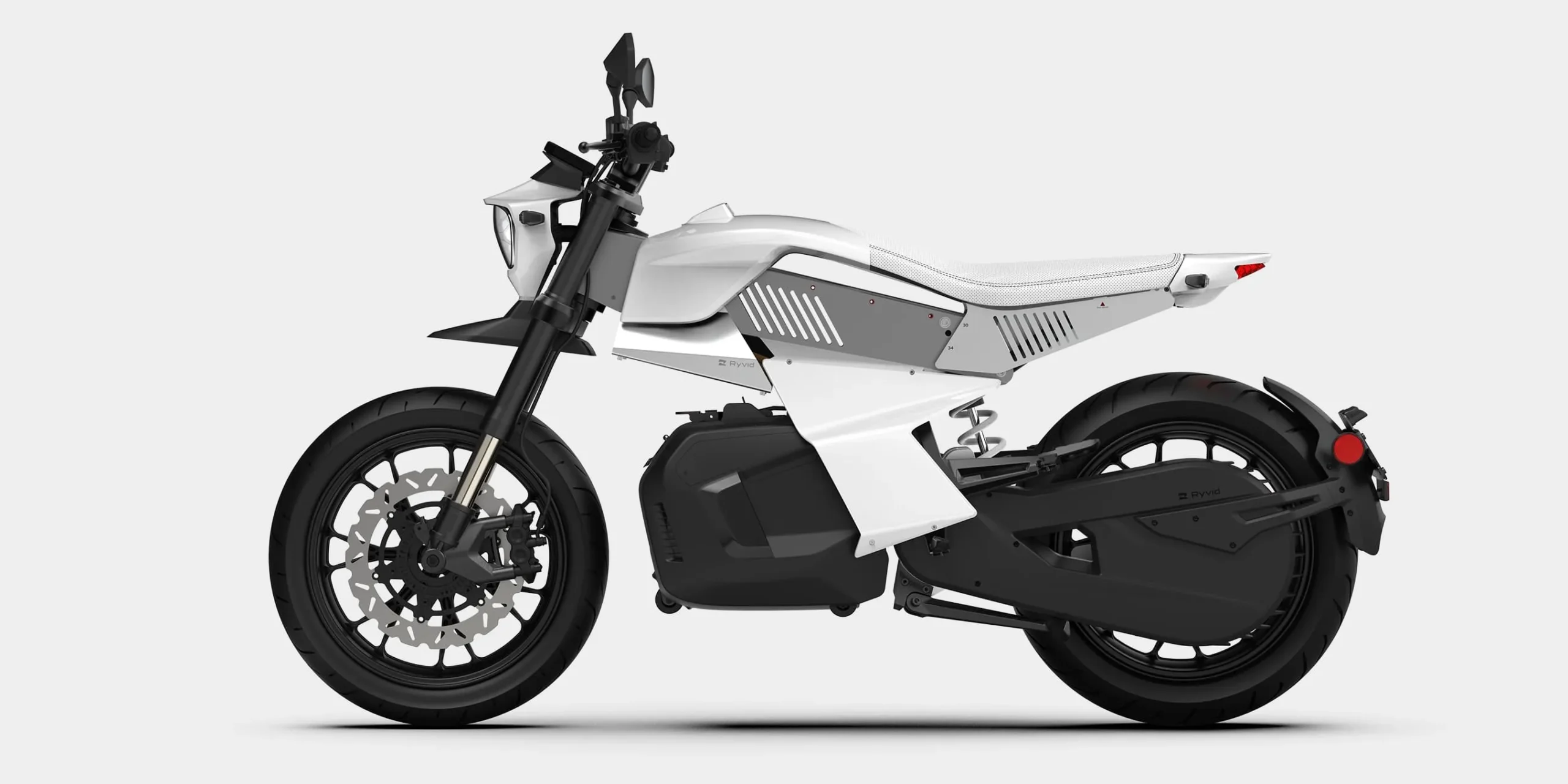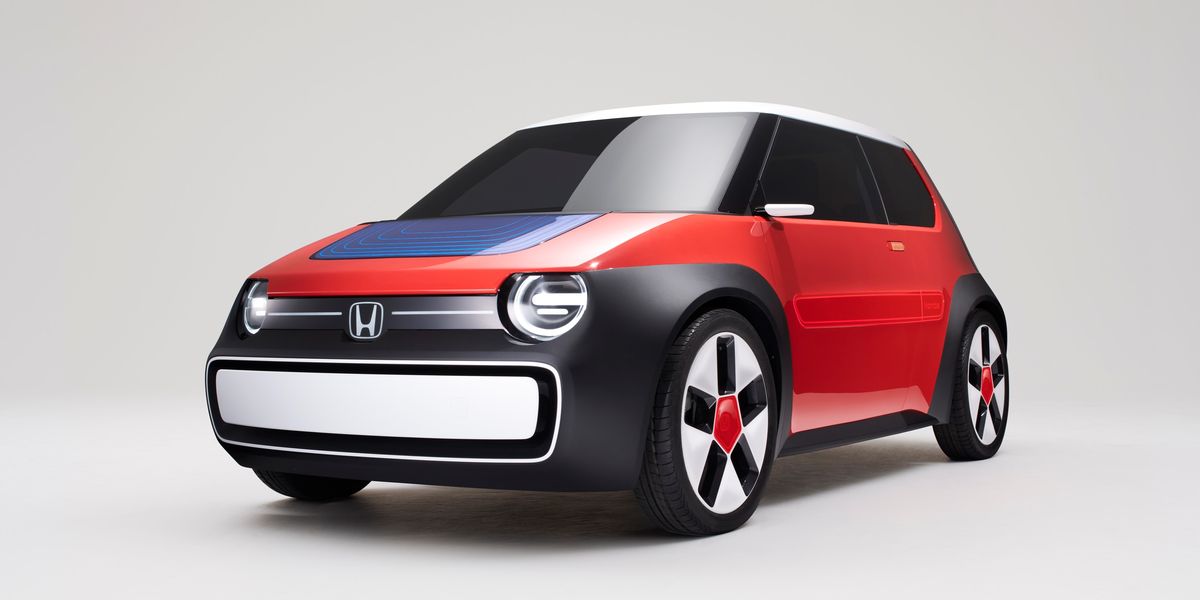In the realm of new motorcycles, the Ryvid Anthem stands out as a noteworthy addition. This full-size electric motorcycle is not only more affordable than its electric counterparts but also boasts a greater range than typical e-bikes. Its design caters to ease of use, particularly for those transitioning from powered bicycles to motorcycles, making it a potential gateway for new riders.

Recently, Roadracing World took the Anthem for a spin through the streets of Long Beach, California, and the surrounding areas. The findings reveal a refined city motorcycle, well-suited for urban use with comfort, user-friendly features, and ample speed. The design incorporates practical elements for commuting, making it a viable option for daily riders.
The construction of the Anthem emphasizes simplicity and ease, with a folded-steel backbone frame that requires no welding. It is powered by a 72-volt, air-cooled brushless direct current motor, delivering 10 horsepower with peak performance reaching 20 horsepower and 53 lbs.-ft. of torque. The motor connects to the rear wheel through a carbon belt with a 4.7:1 ratio.
The Anthem is equipped with a 4.3 kWh lithium-ion battery that holds 84 volts when fully charged. Notably, the battery is designed for quick and easy removal. Unlatching two locks and disconnecting three cables allow the battery to be rotated off its support pins and wheeled away using a handle. This feature facilitates convenient recharging and transportation.
The motorcycle has a reported maximum speed of 75 miles per hour and a range of up to 75 miles. It offers two power modes, Sport and Eco, with Sport mode allowing manual engagement of battery regeneration. In Eco mode, regeneration during slowing down happens automatically. The Anthem’s road-ready weight is 313 pounds, and it features an electrically adjustable seat, allowing height variation between 30 and 34 inches.
Braking is handled by a four-piston caliper at the front with a single 320mm disc and a twin-piston caliper at the rear gripping a 220mm disc. The suspension includes an inverted fork at the front, adjustable for rebound and compression damping, and a single shock at the rear with damping and preload adjustability.
The Anthem rides on cast aluminum five-spoke rims, fitted with Pirelli Diablo Rosso IV tires. The wheelbase measures 52 inches, ground clearance is 7.5 inches, and the rake and trail are set at 26 degrees and 152mm, respectively.

